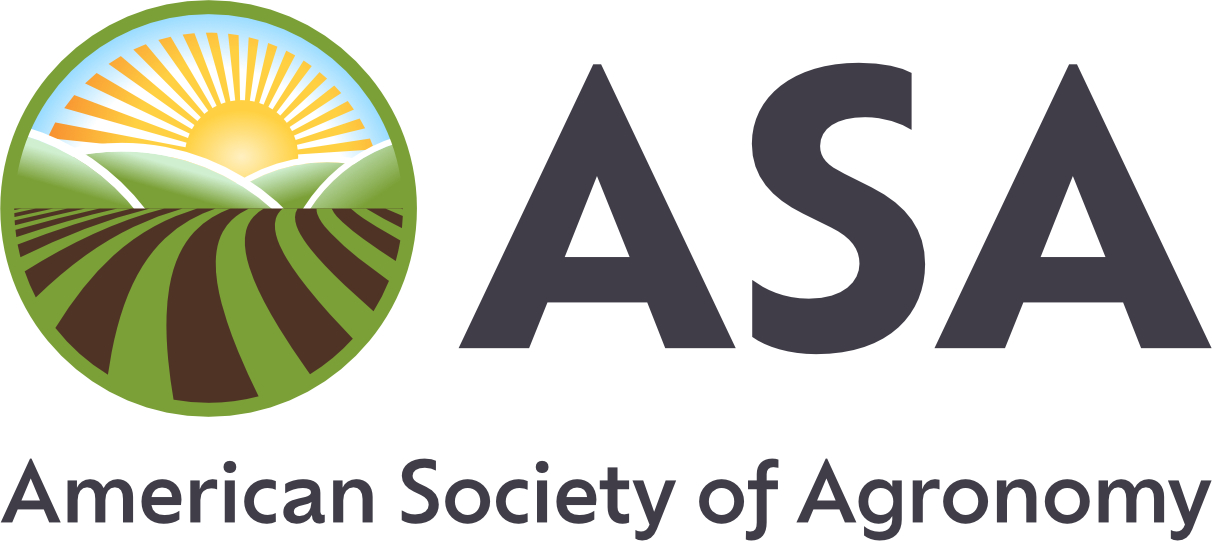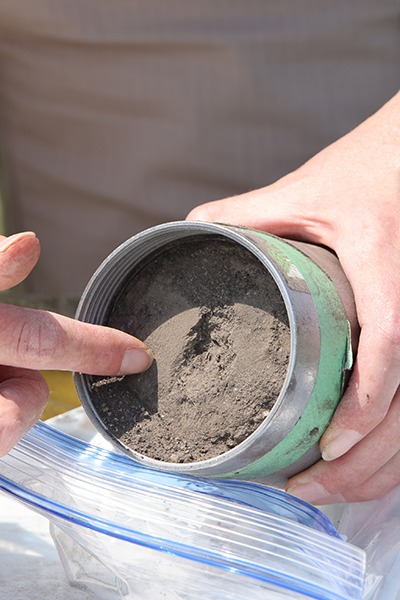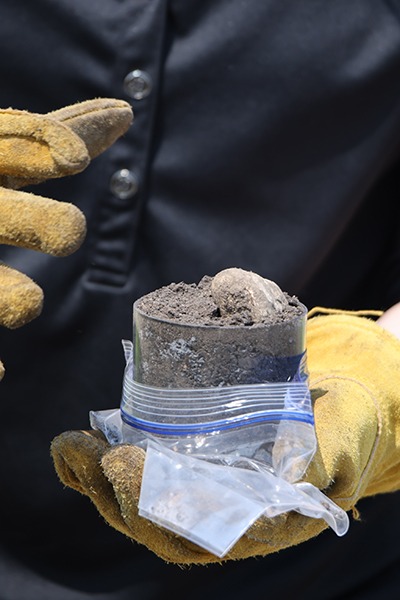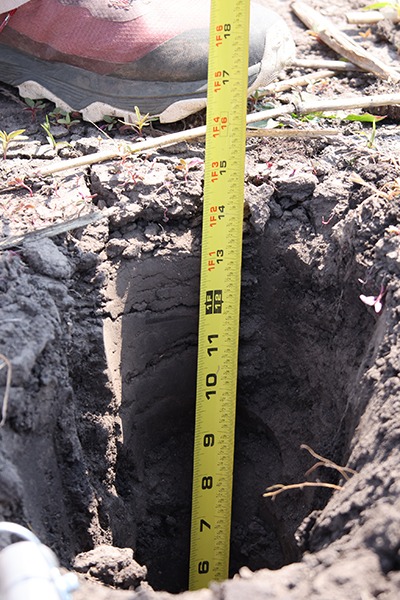What Makes a Quality Carbon Credit?
The short answer: Buyers often look for high-quality credits that are based on additional practices, ensure some amount of permanence, are verified, and registered.
Break it down: A carbon credit is a term for the certificate or token showing that one metric ton of carbon dioxide (or the equivalent amount of other greenhouse gases) have been reduced or sequestered. But not all carbon credits are the same, nor do they hold the same value for buyers.
There are a few key terms that speak to what buyers of carbon credits are looking for:
- Are the credits from additional practices? Buyers are seeking credits created because a producer is participating in a carbon program. The carbon sequestered should be additional when compared to the carbon sequestered during “business as usual” on the same land—the practice changes would not have happened without the carbon credit incentive.
- Are the credits permanent? For agricultural carbon credits, there’s always concern that the practices that sequestered soil carbon in the first place can be quickly overturned.
- Carbon could be released back into the atmosphere from plowing soil that was in no-till production or cutting down stands of trees.
- Most carbon programs will specify in their contracts how long producers or land managers are obligated to maintain specific conservation practices to prevent carbon from being released back into the atmosphere.
- Does the carbon program use verified protocols? Verification is the process through which the reported measurements from a carbon program are evaluated to make sure they are accurate and use the specified protocols.
- Some carbon programs conduct their own verification, which is often viewed as less rigorous compared to working with a third-party verifier.
- Buyers often perceive carbon credits to be of higher quality when issued by a program that uses third-party verification.
- Are the credits registered? Carbon registries serve as the record-keepers for carbon markets.
- A registry issues a specific serial number for a specific carbon credit, and retires that serial number when the credit is sold to a buyer.
- A few of the primary registries worldwide include Gold Standard, Verra, American Carbon Registry, and Climate Action Reserve.
According to Alejandro Plastina, the answers to the four questions above are key for buyers when determining the quality (and the price they are willing to pay) for carbon credits. Additional practices, permanence, verified protocols, and registered credits are all factors that play into the perceived quality of a carbon credit.
For more information about the structure of carbon programs, we highly recommend viewing Plastina’s resources from Ag Decision Maker, “How Do Data and Payments Flow Through Ag Carbon Programs?” and “How to Grow and Sell Carbon in US Agriculture.”
Photo by Zybnek Burival on Unsplash.








